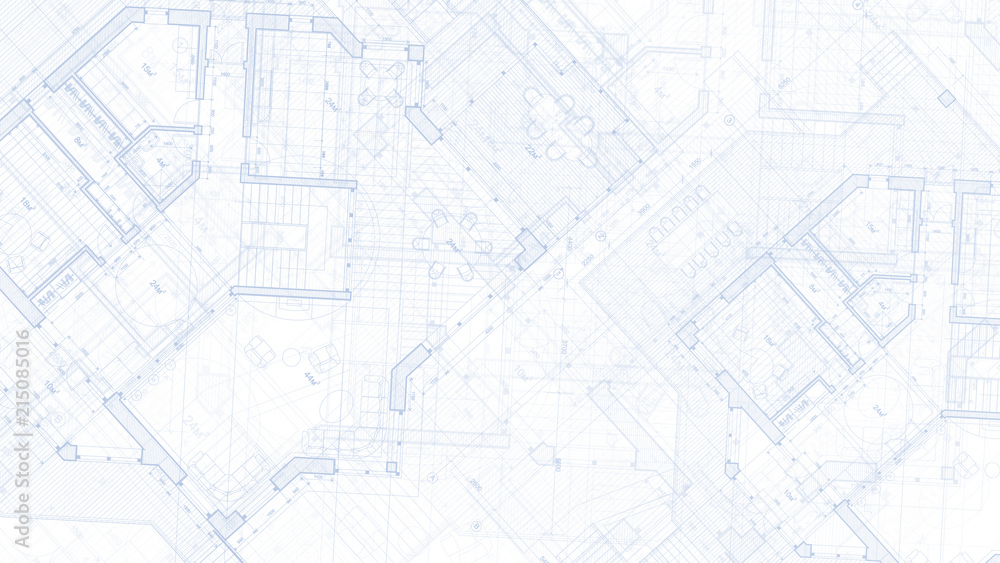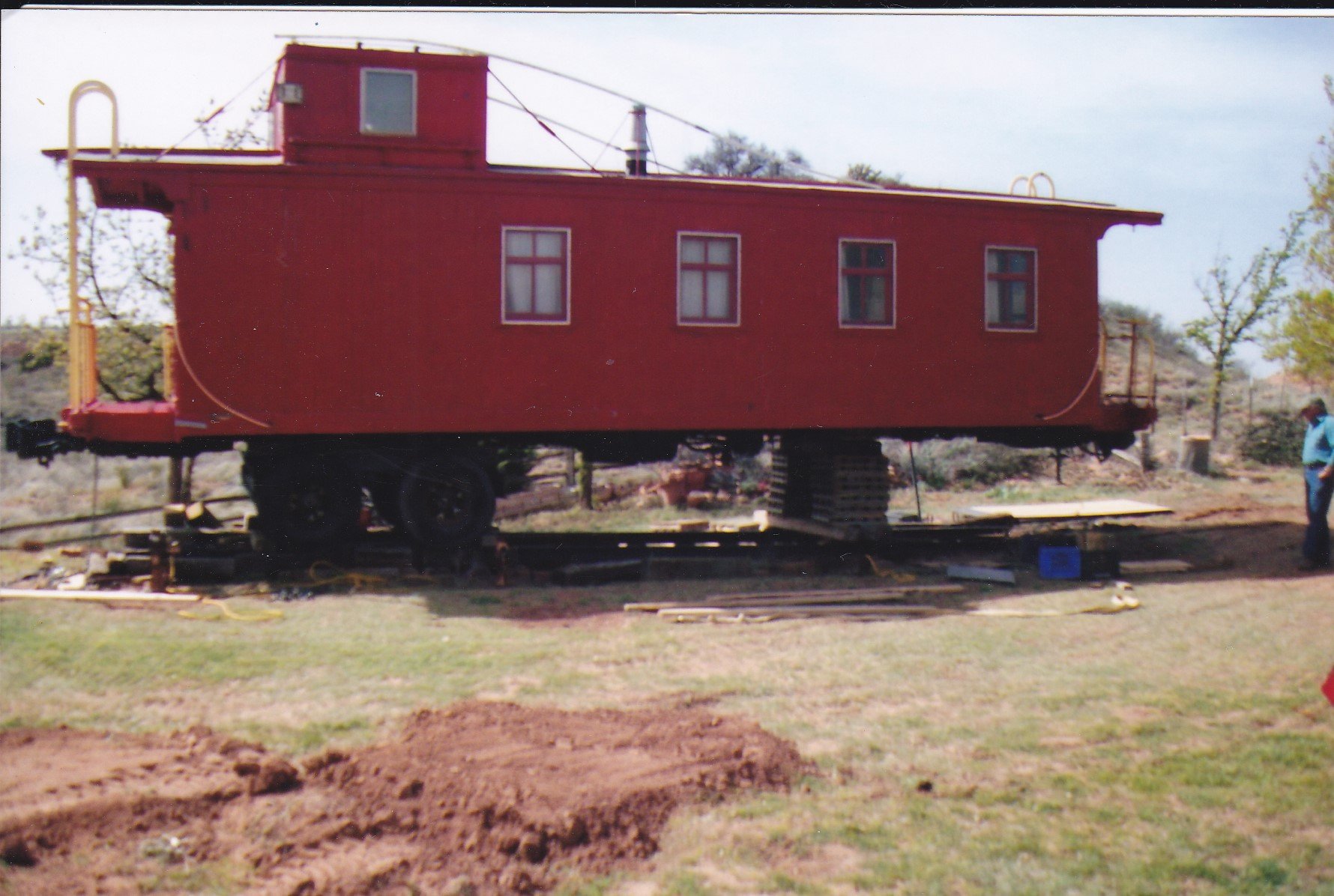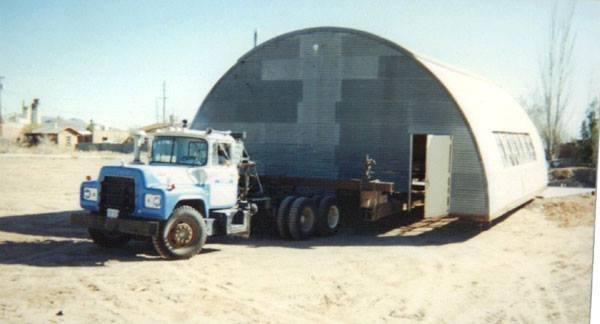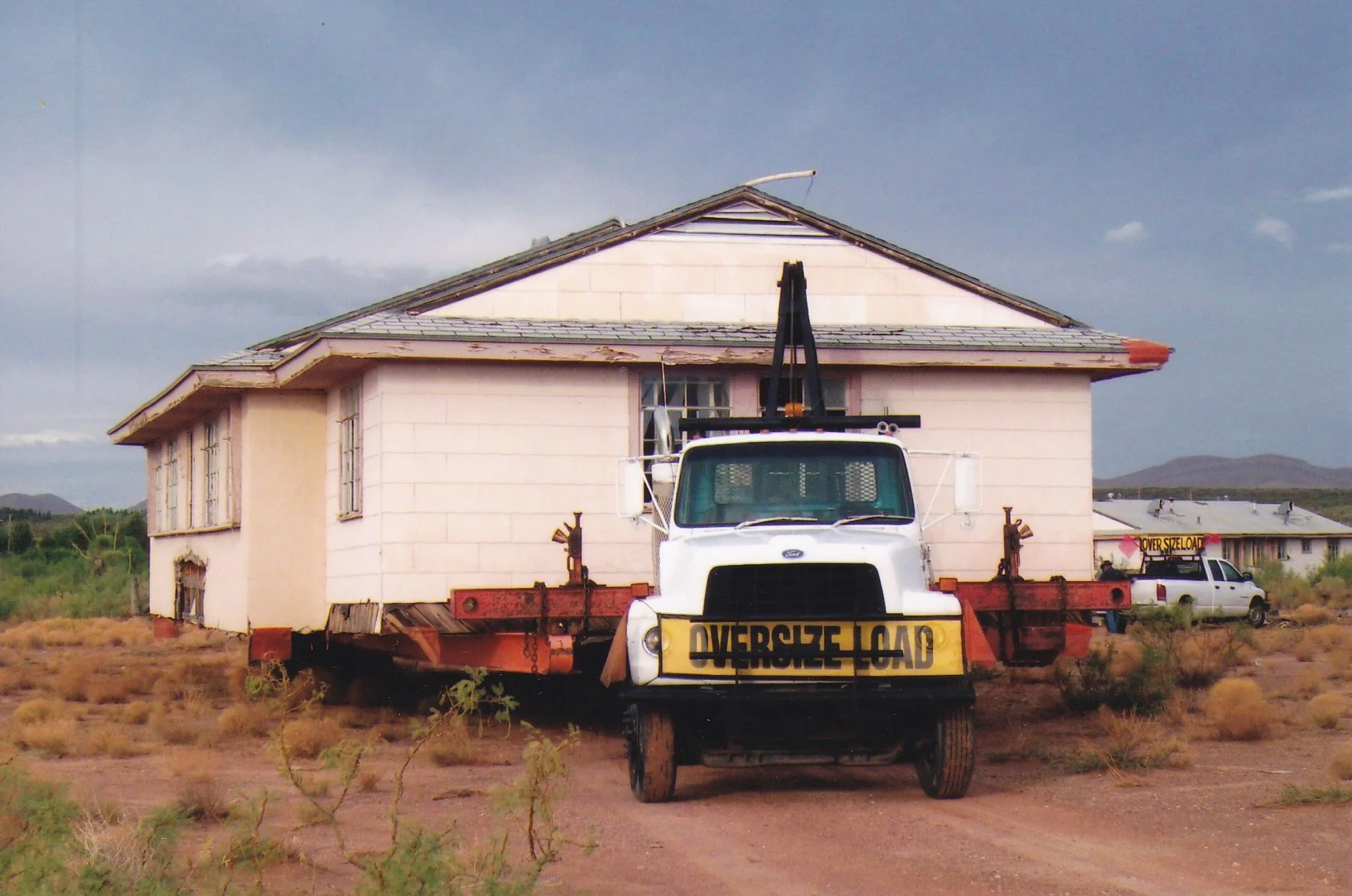
Structure Moving

We Move It All
Houses, modular buildings, double-wide trailers, historical buildings, and storage units.
No Structure Too Big or Too Small









FAQs
-
It should be considered whether or not fireplaces, porches and additions are worth the extra cost that will be incurred however, since they will add to the price of the move. If it is determined that they should be removed prior to the move.
-
This depends on the type of building and where the building is located in the state. In almost all cases, after a permit is obtained the building can be moved with proper supervision and stand-by equipment. When moving a building over one-and-a-half stories high, utility wires may have to be raised which, depending on the number of wires involved, increases the price of the move. In some states, it is possible to move a house for miles
-
Generally the entire process of moving or raising the home and building the new foundation is completed in one or two weeks. Weather conditions, our schedule and the masonry contractor’s schedule must be taken into consideration however.
-
Anything over a one-story house will get into the overhead utilities.
-
Buildings of all kinds are moved because they sit on land that is more valuable without the structure or because they are in the path of highways, railroads, reservoirs, or urban renewal. In some cases, the intent is to actually rescue the structure by relocating it to an area where its value is increased.
-
Generally speaking, you must have all services disconnected and the basement or crawlspace totally cleaned and stripped down. If fireplaces, chimneys or porches are being removed, this must also be completed. Some excavation may also be required beforehand. Local building code requirements should be looked into and permits should be obtained before work commences. You should also make certain that you have permission from neighbors or owners of any surrounding property that may become at all involved in the process. Your local Utility provider should remove the meter and disconnect the service. We will remove wires and pipes necessary to install our steel beams.
-
Item descriptioIn general, ranking the type of houses and the cost to move them would look something like this: One-story, One-and-a-half story, or Two-story (higher ranking is a higher cost to move). Other things to consider would be:
1.Wood frame
2.Stucco
3.Brick veneer (assuming the mover takes the brick with them)
4.Brick
The above is a broad generalization and is not always accurate. It could be that you have a one-story brick veneer house that would cost more to move than a two-story wood frame house. In general, brick adds a significant cost to move.
-
Typically, the home owner is responsible for the overhead utility costs. This includes but is not limited to: power lines, telephone lines, and cable TV.
-
Moves are charged by the size of the house and degree of difficulty. Is the house presently built on a full foundation, piers or a crawl space?
1.If it’s built on a crawl space, then how high is it?
2.What type of material was used for the original foundation? Does the house have additions, porches or fireplaces?
3.How much exterior working space is available?
4.If the house is being moved, what is the terrain between the place it now rests and its intended resting place?
-
Moving a one-story house 70 miles across country isn’t really unreasonable. However, moving a two-story house over 15 to 20 miles might be too expensive. These statements are just a rough estimate. It will vary depending on your possible routes.
-
In general you shouldn’t get much more than hair line cracks in the plaster/sheetrock, but cracks bigger than a hair line can occur during a good move. Sometimes no cracks show up during the move. Ultimately, the house should get to its destination in good shape.
-
I cannot think of any circumstance where structural damage will be done to a house during a normal move. Structural damage is defined as failure of a structural member.
-
Minor sheetrock cracking and shifting is to be expected. We have moved stone, block, brick and wood frame homes even up and down hills and can honestly say that nearly all of our homes end up virtually crack free after the process. On occasion, a hair line crack may develop over a door or window. It is possible that some cracks may appear after the house is set on its new foundation however. This is because the old foundation may not have been as level as the new one and has nothing to do with the house moving process at all. At times it is possible to foresee this as a potential problem ahead of time though and take steps to prevent it from happening. Please note that although we are fully insured, we have not ever had an insurance claim filed. Although minor cracking is not covered, any major developments would be covered however. Our track record is clean and we can supply you with references if you would like.
-
Circumstances that require more work than normal to get the house off of the original lot and foundation will increase the cost of the house move. Examples of this might be: Very little room to work for the house mover. A house might require resetting the roll beams in order to clear some obstacles. The same can be said for getting the house on the new lot and foundation.
-
Cracks might appear after the house is set down on its new foundation. The mover will pick up the house as it was on the old foundation. When the house is set down on the new foundation, it may not match the old foundation exactly. Hence, the cracks. This is a minor annoyance at best.

